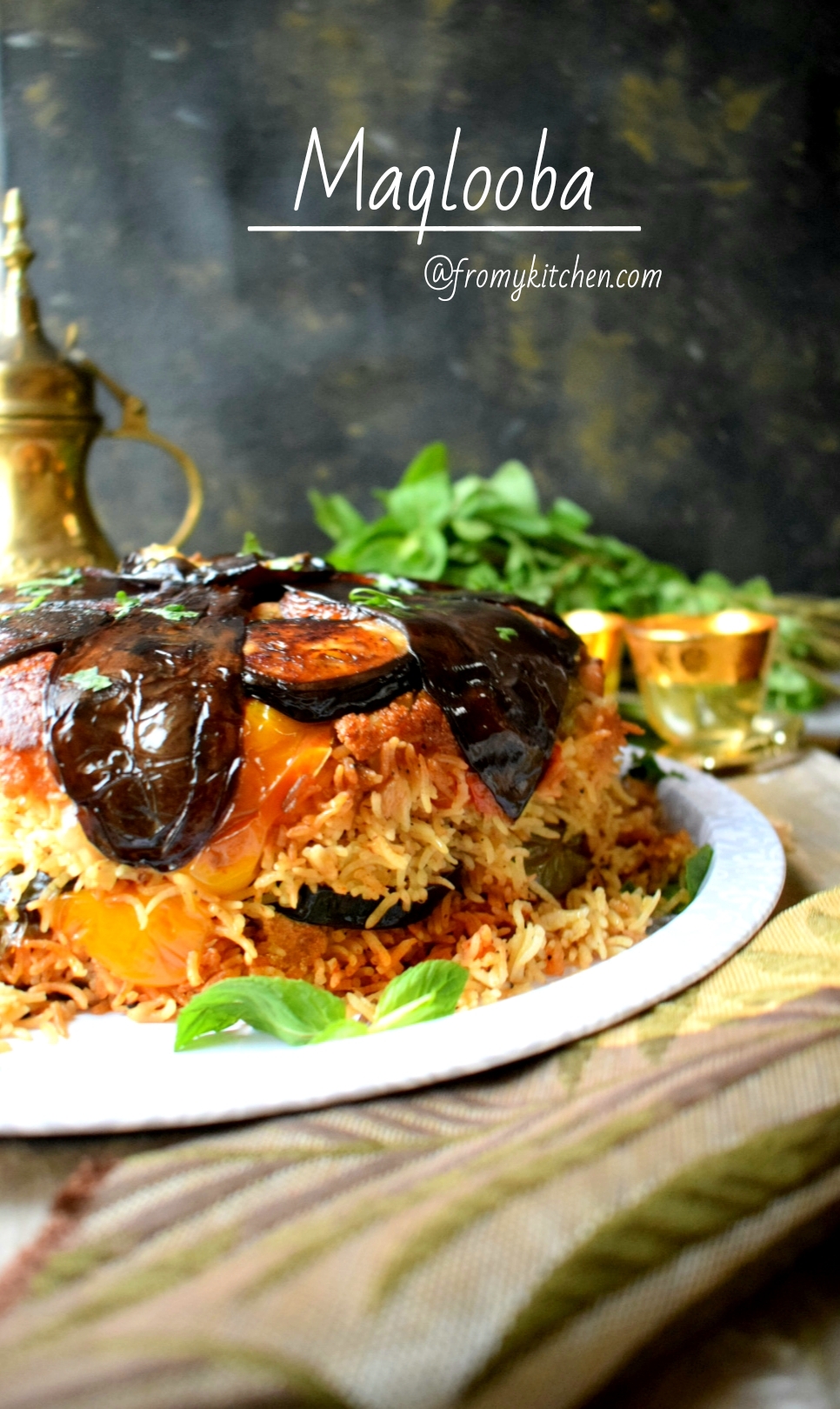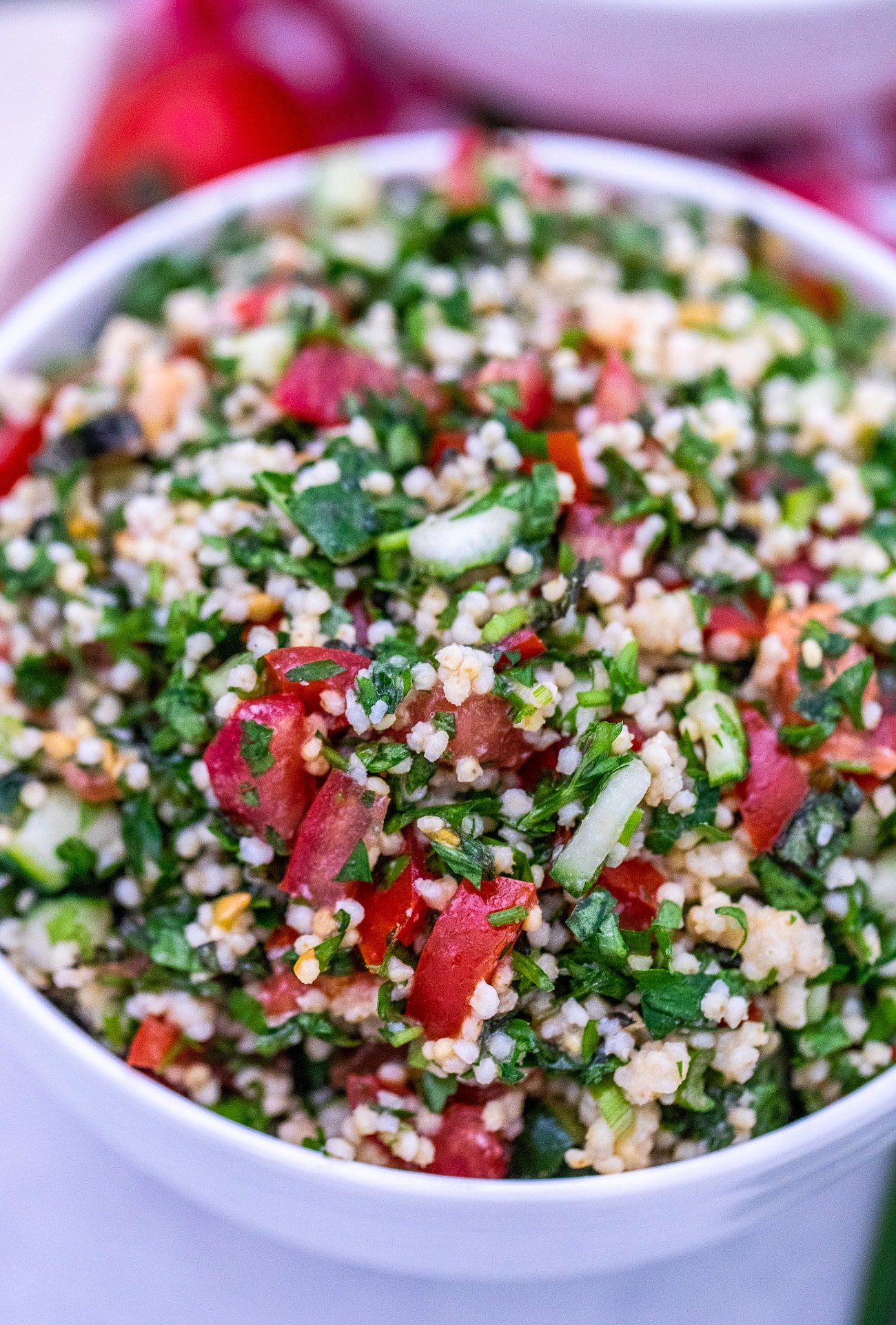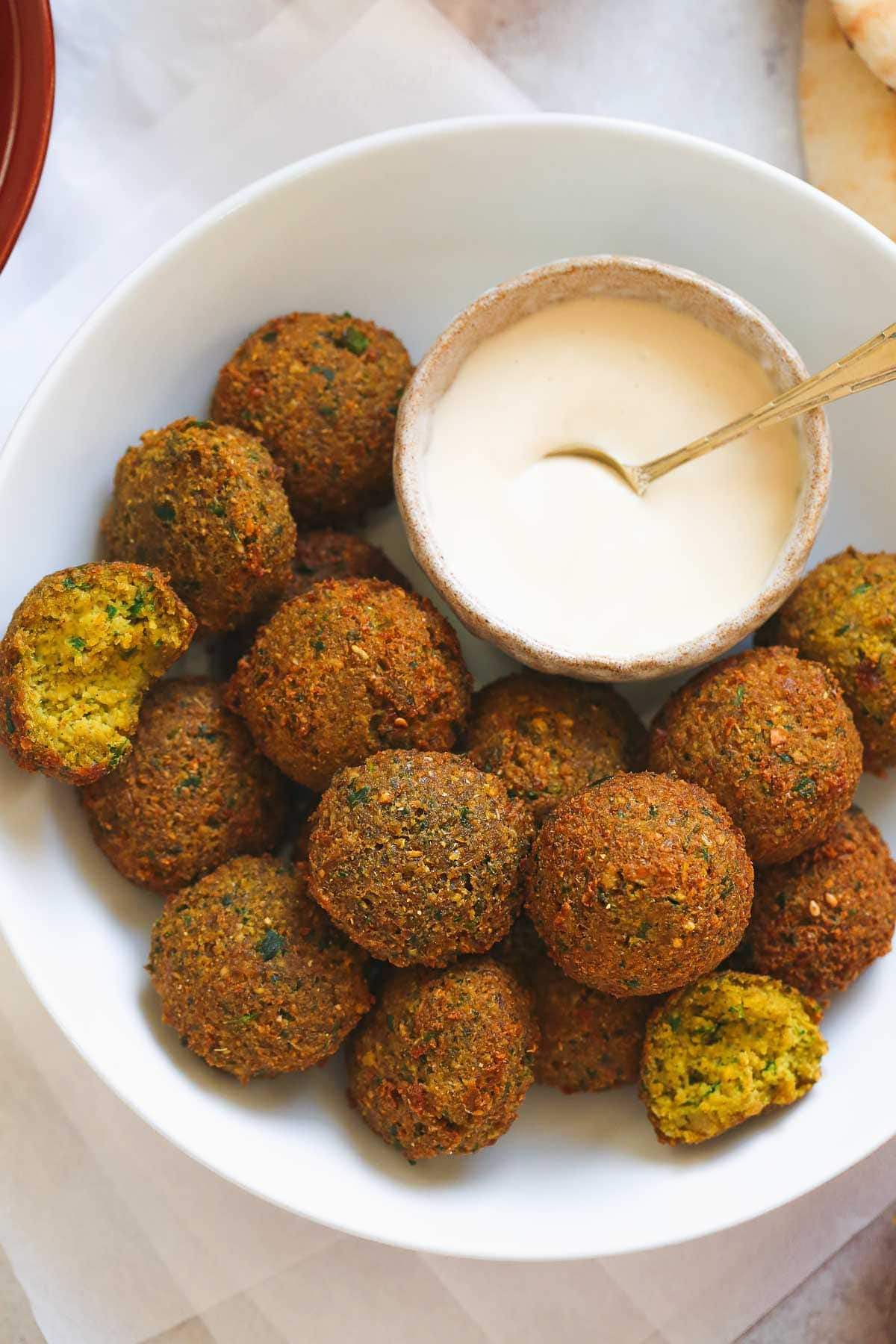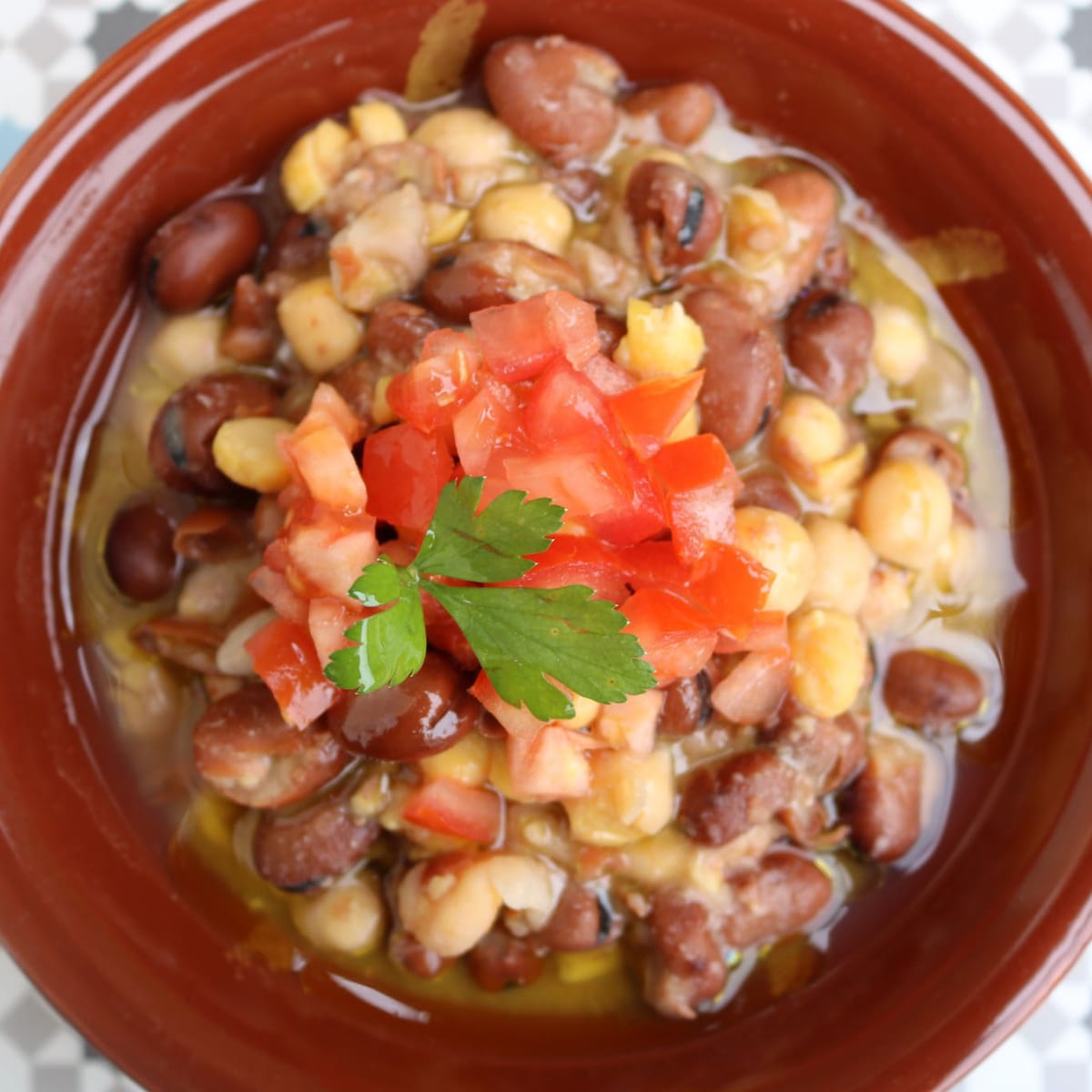Jordan Essentials

About Jordan
Jordan is a country in the Arabian peninsula, bordered by the West Bank, Saudi Arabia, Syria, and Iraq. Despite its neighbors reputations as unstable, Jordan is an extremely safe country and considered one of the most stable in the region. The previous king also invested heavily in education and encouraged the citizens to learn English. So although Jordan is an amazing place to study Arabic, you should also be able to get by fine without it. Tourism is an important industry in Jordan, and the government invests a lot into ensuring its sites are well maintained and accessible.
Jordan is also considered an expensive country, with a currency that is stronger than the US dollar. A trip to Jordan can definitely be expensive, so make sure to plan ahead and have a budget.
I (Colleen here) studied Arabic in Jordan for six weeks in Amman, and also lived here my freshman fall semester when classes were remote. Xander and I also visited the south of Jordan together in the spring of 2022.
How to get to Jordan + Visas
Most flights will take you directly to Amman, the capital, at Queen Alia International Airport (AMM). You can also fly into King Hussein International Airport (AQJ) in Aqaba. If you're planning to hit all the "essentials" of Jordan, either airport is honestly fine. At least for Americans, if you fly in and out of Aqaba you won't need to pay for a visa because it is a special trade zone. Otherwise, a tourist visa for Americans is 40 JOD (about 55 USD), which you can get on arrival.

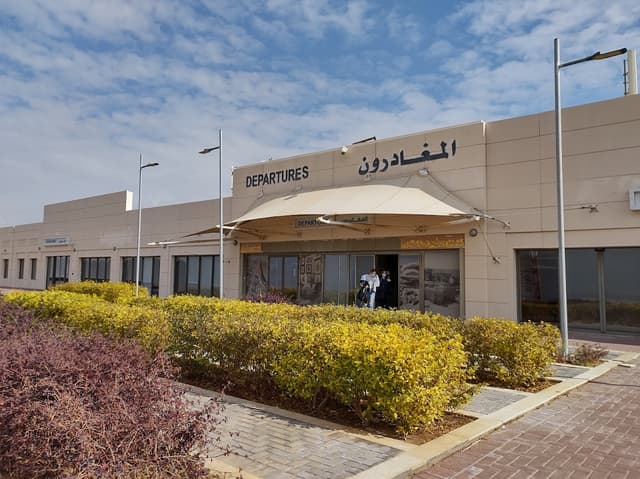
What to Eat in Jordan
You've probably eaten lots of common Jordanian food before, and didn't even know it was from there. Often foods labeled "Mediterranean" or even "Greek" are actually from the Levant region (Syria, Jordan, Palestine, and Lebanon). Xander always laughs when people tell him they love Greek food, and then list off falafel, hummus, and babghanoush! Here are some dishes not to miss in Jordan!
Not into meat, but heard the Middle East really is? Don't worry! I've been a vegan both times I visited Jordan, and had absolutely no problems. The food is very plant based friendly, and you can even get your daily protein with the wide variety of legumes they use in many dishes.
Mansaf
Mansaf is the national dish of Jordan, and sends everyone into a coma right afterwards. It's a thin layer of bread, topped with rice, lamb, and jameed, a fermented dairy product, and topped with pine nuts or almonds. This is pretty specific to Jordan as compared with other dishes you might encounter, so if you do eat meat, this is a traditional one to try. If you don't, there are plenty of other plant based ones to try!
Maqlooba
Maqlooba literally means "upside down", referring to how this rice dish is made in a pot then flipped over. It's usually made with chicken or red meat, but some palces will over a veggie only version as well! This dish is super popular in Palestine and Jordan, and is a must try!
Hummus
Hummus is an obvious one, and for good reason! This popular hummus dip originated in the Levant region, and will be cheap and abundant at most restuarants in Jordan.
Tabbouleh
A delicious salad made from grain, herbs, lemon, and olive oil, tabbouleh is a great option to add to a meal to get some greens and grains in!
Falafel
This dish is made from chickpeas, garlic, and some spices grounded up and fried into little balls. It's a great source of plant protein, but everyone, from meat eaters to vegans, love falafel! You can order falafel in a sandwich, or habbat, which just means pieces of falafel with tahini dip.
Foul
Fava bean dip, pronounced "fool" in Arabic, is a common brealfast food of cooked fava beans with olive oil, spices, and eaten with bread.
What Clothes to Bring to Jordan
Jordan is a somewhat conservative country, depending on the region. I recommend bringing clothes that cover your knees and shoulders, for all genders. If you're planning on visiting any mosques, make sure to bring a scarf for your hair. If you're visiting in the summer, bring loose and light clothing. If you're visiting in the winter, don't be tricked by the desert atmosphere, it gets super cold! Bring layers and a coat.
Where to Go in Jordan
There are definitely many cool things to see in Jordan depending on your interests. I'll cover here the "essentials", although there are definitely cool things to add to your itinerary based on your interests--religion, history, outdoor sports, biking, etc.
Full disclosure, when I was in Jordan I was on a full scholarship program for Arabic, so everyhwere we traveled was organized for me and fully covered. I'll include where we stayed and what we did, but it may not always be the cheapest option!
Amman
The capital of Jordan, most people probably start their Jordan trip in this big city. Here are some of the must sees (and eats!) there!
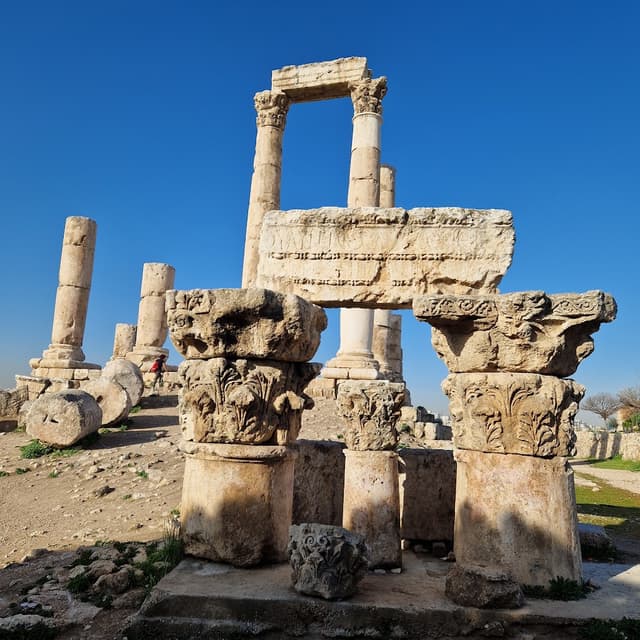
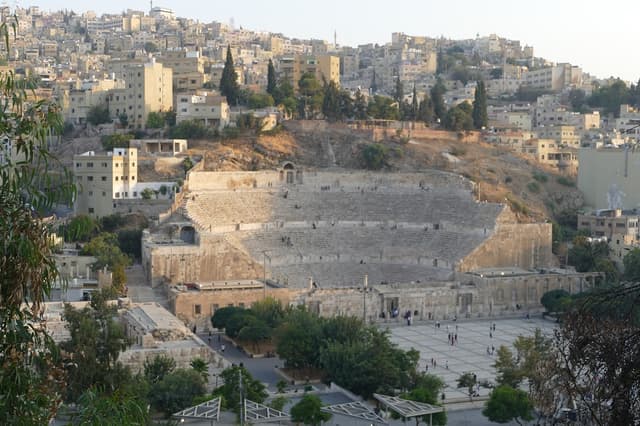
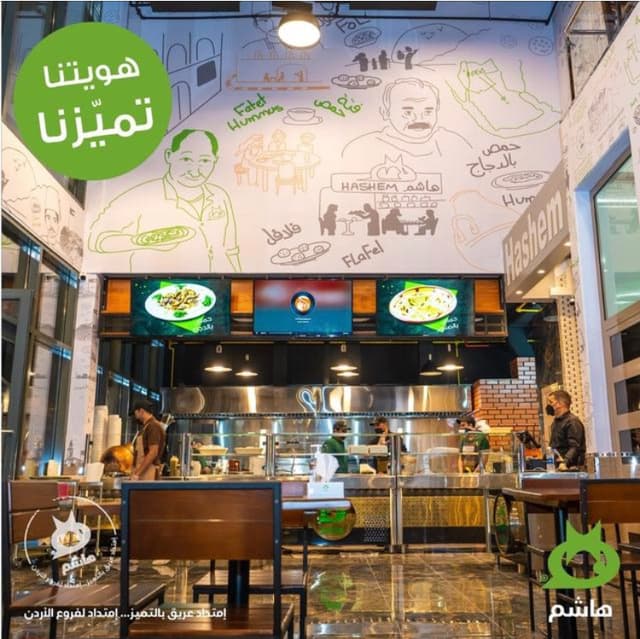

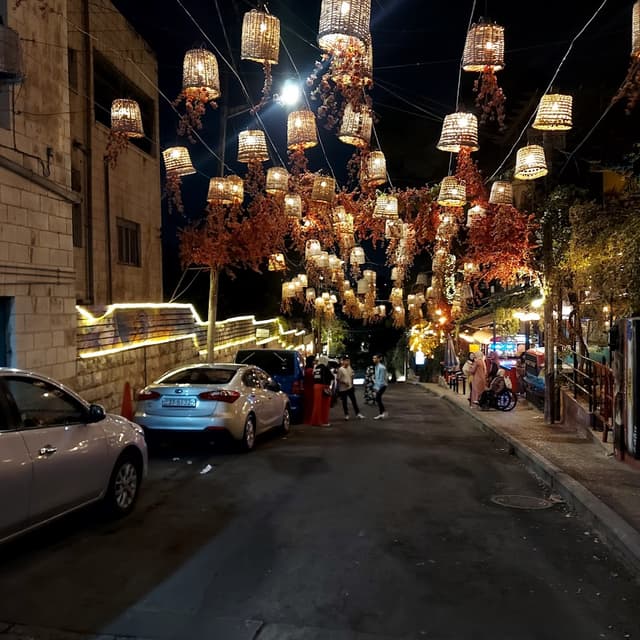
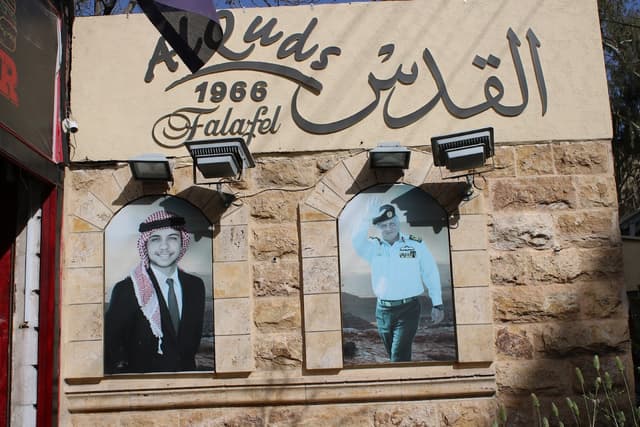
Where to Stay in Amman
Although I lived with a host family, I recommend looking for accommodation in Jabal al Weibeh. Wasat al Balad, or near Rainbow Street. Here are some accommodation options for every budget!
Budget


Mid Range
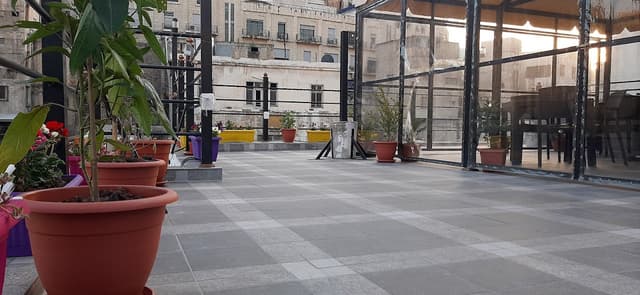

High End/ Luxury
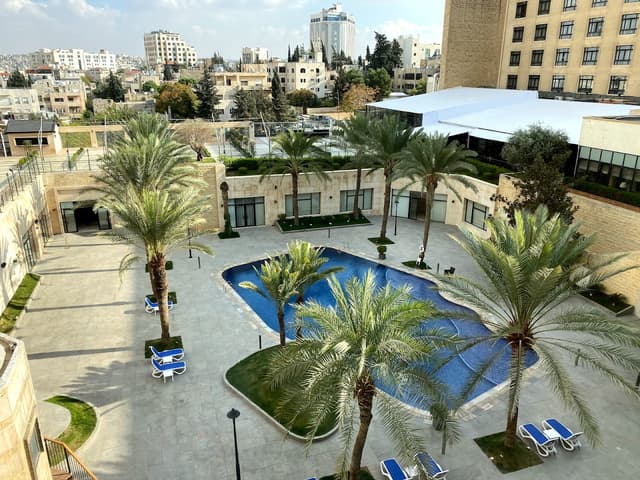

Petra
Petra is probably the biggest bucketlist item in Jordan, given that it is one of the wonders of the world! This UNESCO world heritage site is the former capital of the Nabatean empire. In Petra you can look at the old architecture, considered by some to be made by giants, as well as hike around the area. If you're going in the summer, I definitely recommend wearing light, comfortable clothes, bringing lots of water and sunscreen, and trying to avoid peak hours of the heat. The heat in the south of Jordan can get quite intense!
The entrance fee is quite high to help preserve the place, with a one day pass 50 JOD (about 70USD) per person.
You can use this website to look at fees, plan your trip, and consider optional add ons like guided hikes or tours.
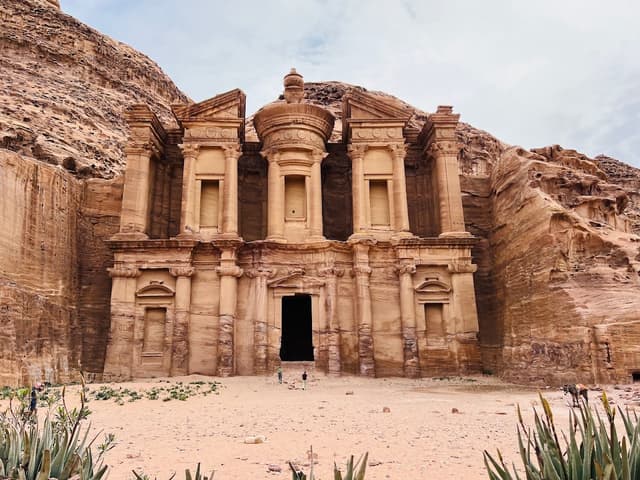
Accommodation
Budget
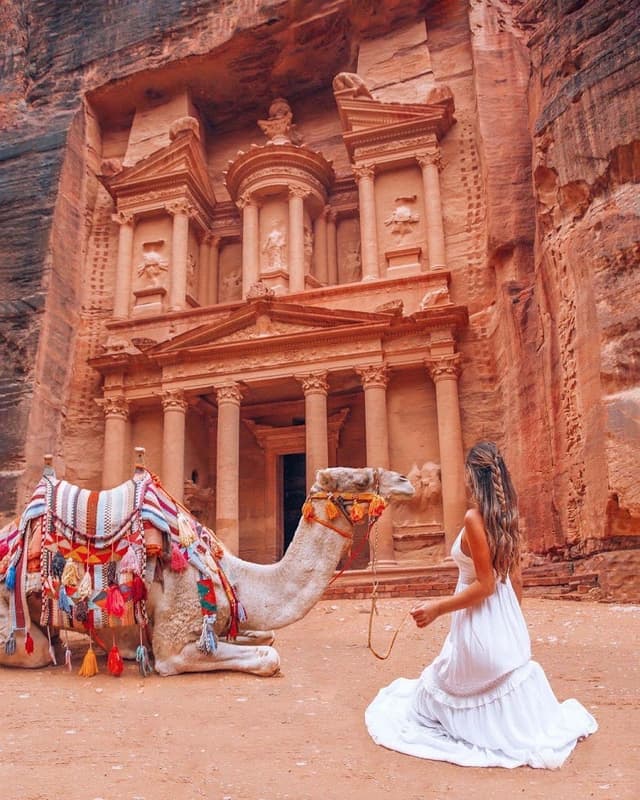
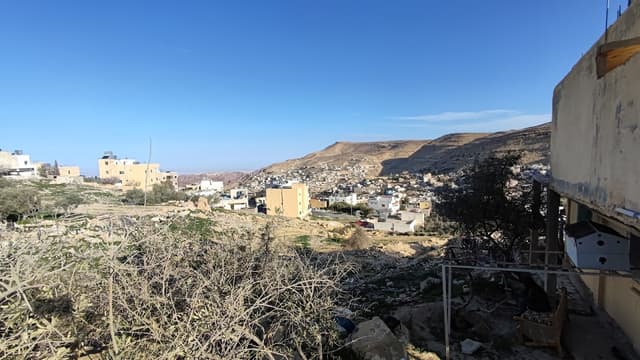
Mid Range
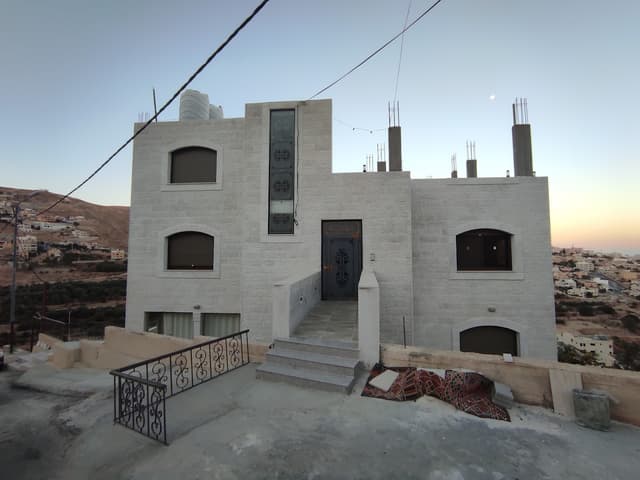

High End / Luxury
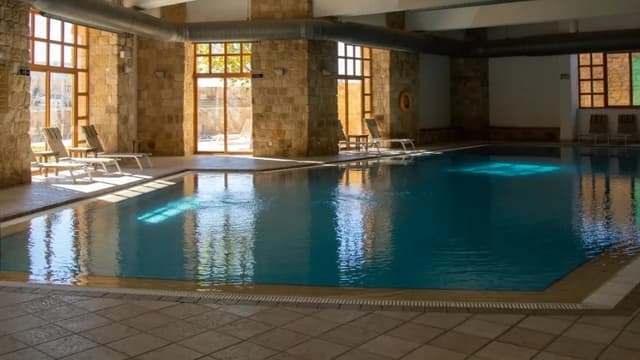
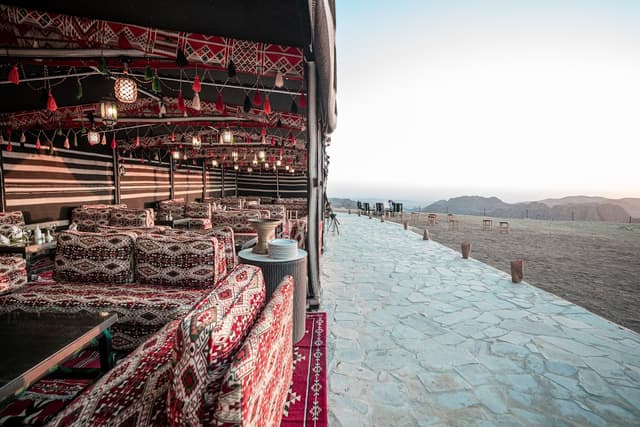
The Dead Sea

Ready for the lowest point on Earth? Visiting the Dead Sea is a must for your Jordan itinerary. The water is so packed with salt that when you gt in the water you will float! There is also Dead Sea mud, which you can put on your skin while at the beach, and also buy products made from it after. To visit the sea you usually need to go through a hotel, which can get a bit pricey, so plan for that. We only spent a day here, not a night, so getting a day pass can be a more affordable way to visit.
Tip: Do NOT shave before you visit the Dead Sea. The water is so salty that it will burn all the little cuts on your skin from shaving.
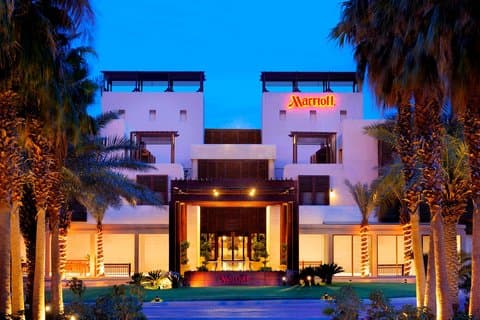
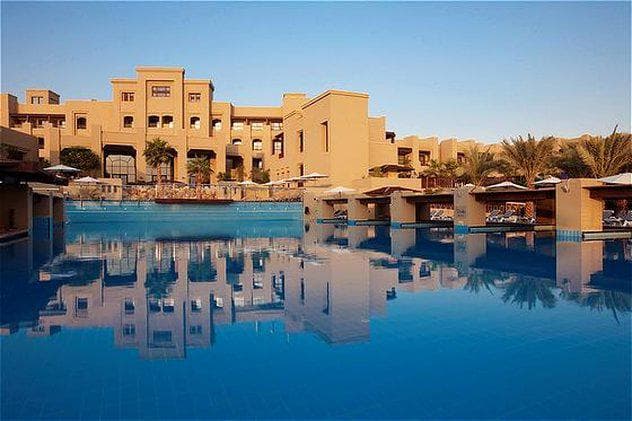
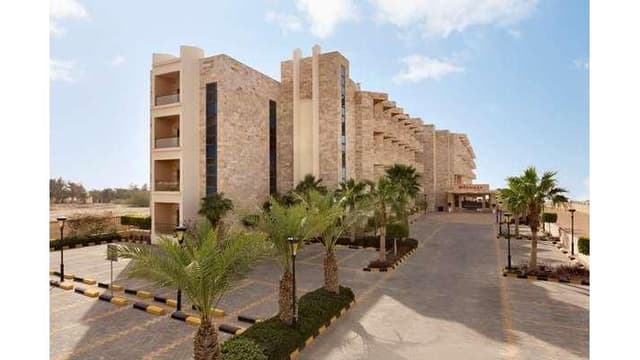
Wadi Rum
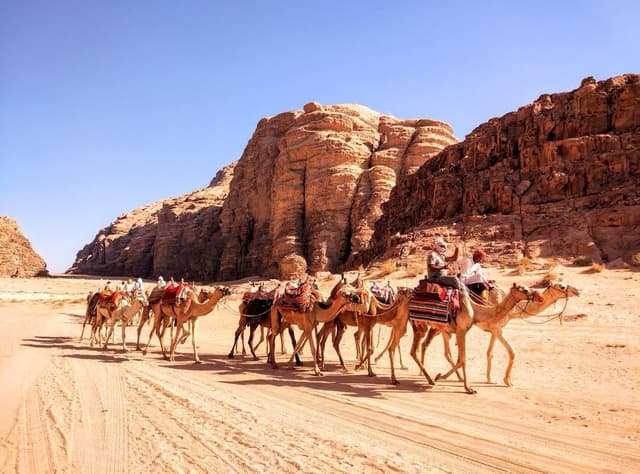
Wadi Rum is quite famous for its Mars-like red sand, and being the set of several movies.
Generally what you do in Wadi Rum is book a day tour with a company, usually they are local and ran by local bedouins (people who are indigenous to this part of the peninsula and used ot be nomadic). You'll arrive to the village, then your company will pick you up in a 4x4, and take you to your campsite. From there you can also get optional tours where they will take you around in the desert to different sites. I would not skip this part, since its a great way to hike around the desert and see a lot of it. At night your campsite will probably have a bonfire, traditional food, and maybe dancing dabke, a dance from the Levant region. Once it gets dark you can walk a bit from your campsite and stargaze.
Most companies seem to offer very similar packages, and they often work together to organize tours for the day. We booked with Wadi Rum Desert Dreams, and had a great time! You can also opt for "glamping", and stay in some cool bubble tents!



Additional Places in Jordan to Visit
For Beach Lovers: Aqaba
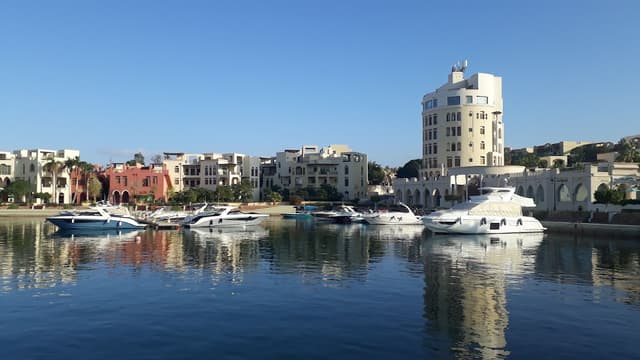
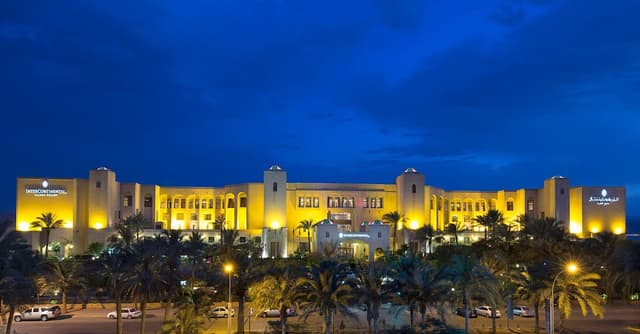
Note: There is a public beach in Aqaba, but I don't recommend you go there. Unlike the majority of Jordan, for some reason there is a lot of harassment on the public beach in Aqaba, especially if you're a girl. I recommend spending on a day pass or night at a hotel to save yourself the trouble.
For History Buffs: Jerash and Madaba
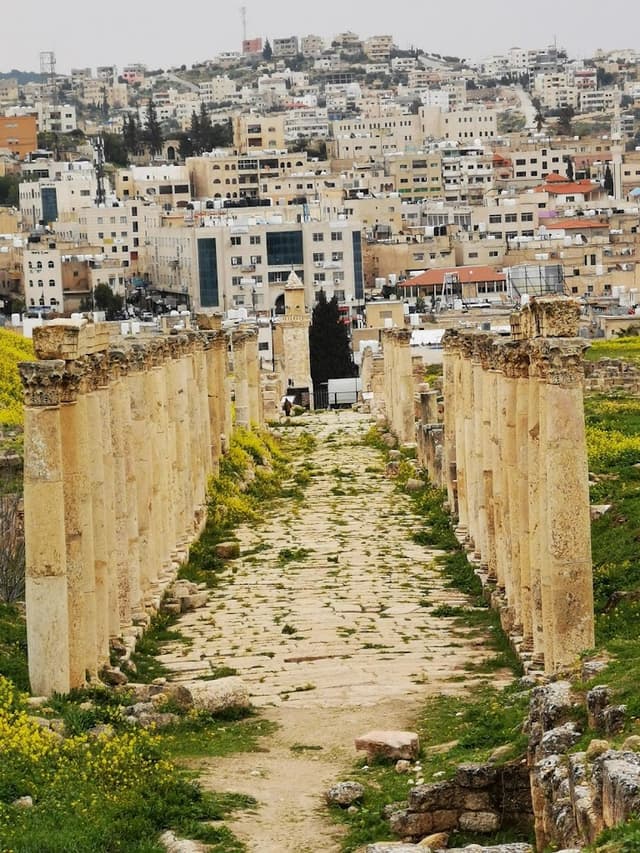

Religious Tourism: Mount Nebo, Tomb of Aaron, Lot's Cave
Jordan is mostly a Muslim country, but there is religious sites for all three Abrahamic religions!
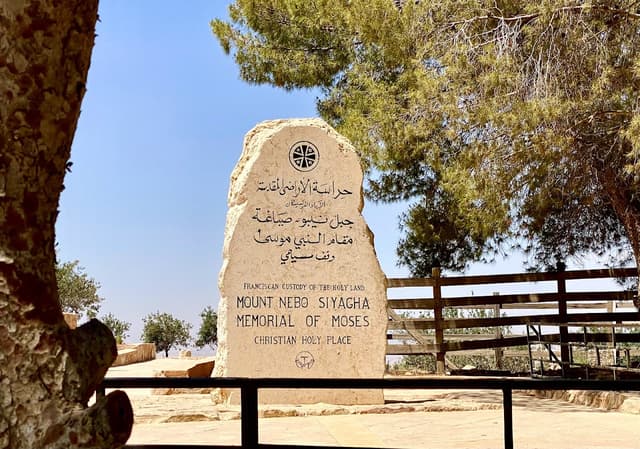
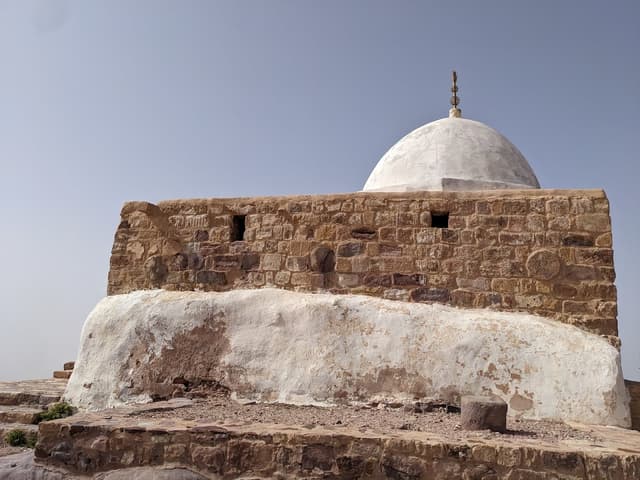
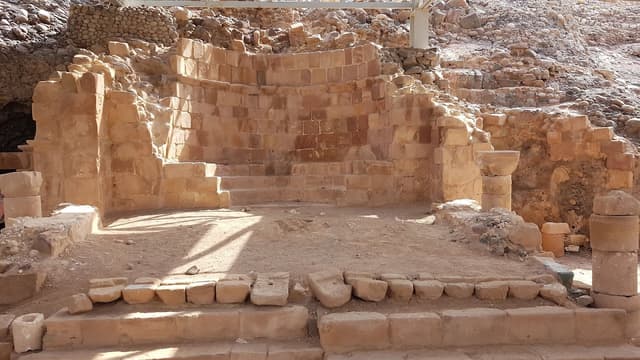
The home for unique & authentic travel

